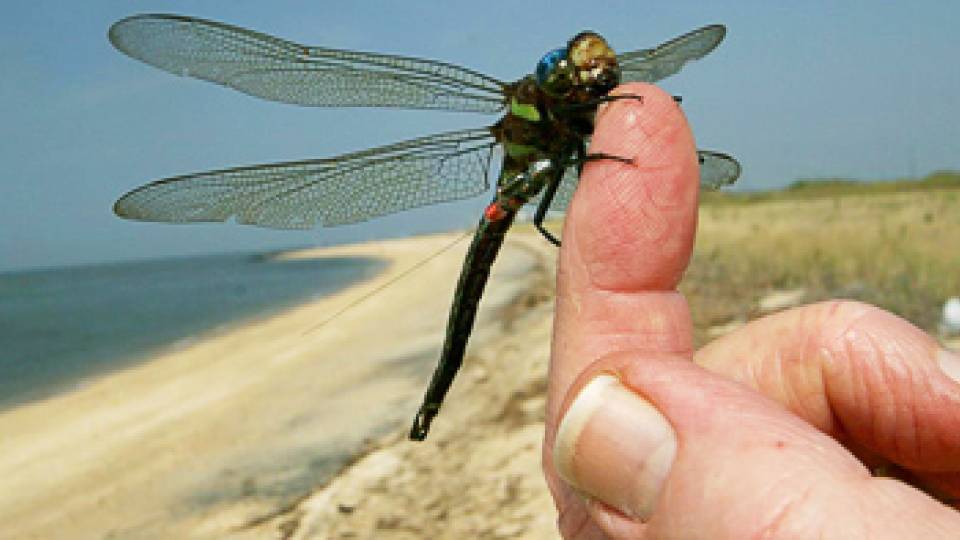Princeton biologist Martin Wikelski is helping to settle a long-standing debate over how migratory birds manage to navigate for thousands of miles in darkness and bad weather.
With two colleagues in Illinois and Germany, Wikelski has found that birds rely on a built-in magnetic compass, which they recalibrate each evening based on the direction of the setting sun. The scientists published their findings in the April 16 issue of Science.
The research, which involved attaching radio transmitters to birds and following them by truck for hundreds of miles across the American Midwest, is the first extensive study of bird navigation in the wild. The results appear to resolve conflicts between earlier laboratory-based studies, which had identified several possible navigational mechanisms, but produced no consensus. Previous theories suggested that birds use some combination of magnetism, stars, landmarks, smells and other mechanisms as navigational aides.
"In the lab situations, all those ideas made sense," said Wikelski, an assistant professor of ecology and evolutionary biology. "In a lab, you can train a bird to recognize almost everything; you can train it to recognize the stars or the magnetic field or whatever. I think what people have really missed is to go out and find what the birds really use."
More details are available in a news release .
Contact: Lauren Robinson-Brown (609) 258-3601


